Woman Eats Only Boiled Chicken Breast and Cauliflower for 6 Months, Develops Pancreatitis

A 25-year-old Chinese woman was diagnosed with pancreatitis after six months of consuming only boiled chicken breast and cauliflower.
Company Develops Plant-Based Caviar Indistinguishable from the Real Thing
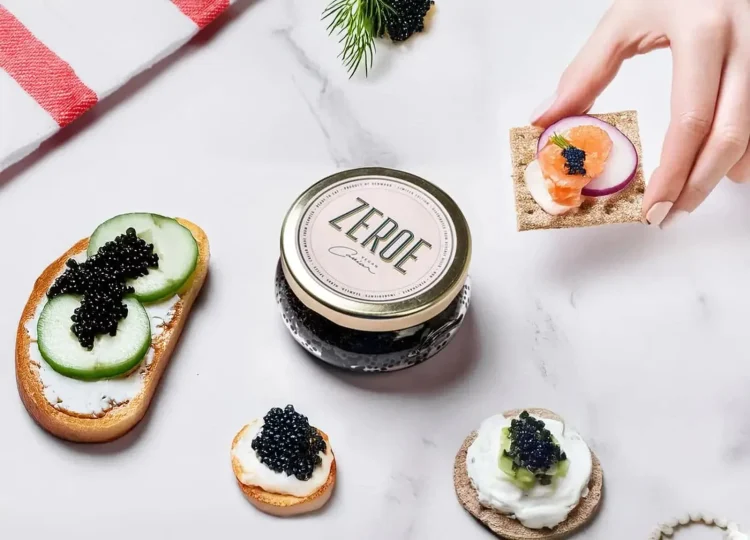
Zeroe Caviar is a plant-based fish egg alternative made from seaweed whose creators say tastes just like the real thing. Plant-based food alternatives have been getting increasingly popular over the last few years, with burgers and steaks among the most targeted categories, but few would have imagined we would one day get a vegan caviar. […]
The World’s Most Expensive Burger Costs $11,000, Is Only Accessible by Invitation

The Asador Aupa restaurant in Spain serves the world’s most expensive and exclusive burger. It costs $11,000 and can only be experienced by those invited by the restaurant. Burgers have gotten considerably more expensive in recent years, but they remain among the most affordable food items on restaurant menus. There are a few exceptions, though, […]
Brazilian Ant-Infused Cheese Proves Massive Hit
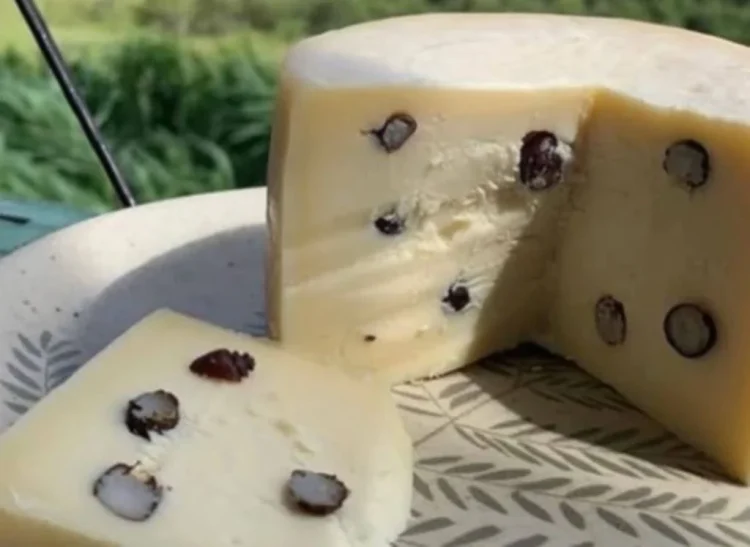
Taiada Silvania is a unique cheese made by a single producer in Sao Paulo’s Caçapava municipality, who thought mixing milk with native leafcutter ants would be a great idea. Camila Almeida, the owner and founder of Estância Silvânia, came up with Taiada Silvania cheese while brainstorming ideas to attract tourists interested in rural attractions. She […]
Company Launches World’s First 9-Volt Battery-Flavored Tortilla Chips

A new Dutch snack brand is trying to draw attention to itself by launching the world’s first 9-volt battery-flavored tortilla chips, a flavor most 90s kids will surely remember. If you grew up during the 1990s, you probably remember the metallic tang and slight buzz you got when you touched the metal tip of a […]
Stir-Fried Cassia Caterpillars – Vietnam’s Hard-to-Stomach Delicacy
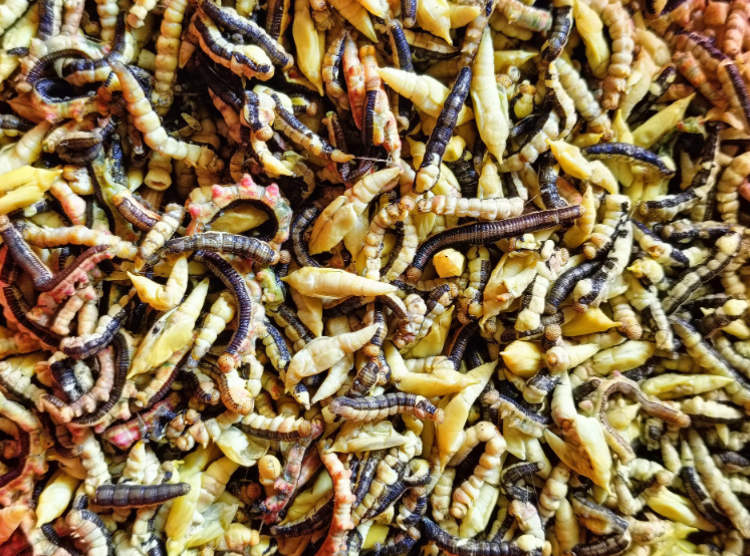
Caterpillars aren’t the most appetizing meal for humans, but for the people of Vietnam’s Central Highlands, they are the main ingredient of a regional stir-fried dish. Every year, in the months of March and April, cassia trees in the central highlands of Vietnam are invaded by an army of yellowish caterpillars that love nothing more […]
Fast-Food Restaurant Inspires Poop Jokes with Bizarre-Looking Menu Item
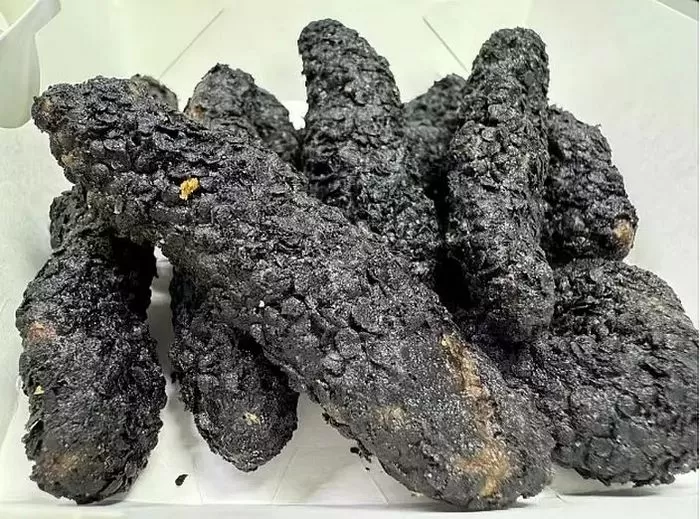
Dico’s, a popular Chinese fast food restaurant chain, has been attracting a lot of attention because of its newest menu item, charred-looking chicken strips that don’t have the most appetizing appearance. Since 2015, Dico’s has been celebrating ‘Krispy Day’ by adding one or two crispy items to its menu, but this year, their newest additions […]
Restaurant Sells Seasoned Bamboo Skewers as Flavorful Zero-Calorie Snacks

A Chinese barbecue restaurant has gone viral for selling bamboo skewers seasoned with a mix of spices, chili, and spring onions to people looking to enjoy the flavor of barbecue without the calories. Last month, Chinese media reported the hottest late-night snack in Southern China, an unusual “dish” called Spicy Bamboo Skewers. Thought up by […]
Restaurant Has Been Frying Burgers in the Same Grease for Over 100 Years
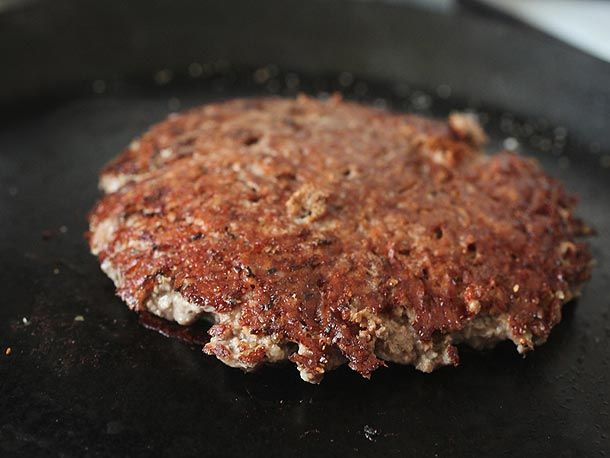
Dyer’s Burgers is a popular Memphis eatery that has been frying its meat patties in the same grease for over a century, claiming it is the secret to its delicious-tasting burgers. Elmer “Doc” Dyer founded his now-famous burger joint in Memphis in 1912, betting on his secret mix of seasonings to make the patties irresistible. […]
Junk Food Diet Causes 12-Year-Old Boy to Go Permanetly Blind

A 12-year-old Massachusetts boy has tragically lost his eyesight to a nutrient-poor junk food diet that caused his optic nerves to atrophy beyond any hope of reversal. The New England Journal of Medicine recently documented the case of a 12-year-old boy suffering from autism who ultimately went blind because of a junk food diet based […]
Viral Chinese Street Food Looks Like a Lump of Black Hair

A new snack served on the streets of Chengdu, in China, has been getting a lot of attention because of its unusual appearance; it looks like a lump of black human hair. Fa Cai or Fat Choy is a type of dried cynobacterium that has long been a part of Chinese cuisine. It grows mostly […]
‘King of Instant Ramen’ Has Eaten Instant Noodels Daily for Over 30 Years
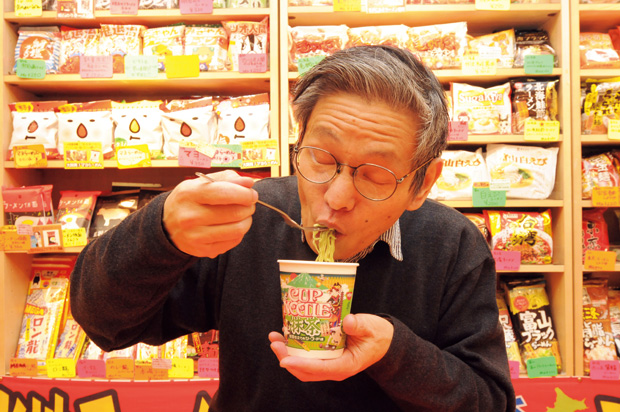
Sokusekisai Oyama, aka Japan’s Instant Ramen King, has made a lucrative career out of eating instant noodles at least once a day for over three decades. Instant noodles, better known as cup noodles in Japan, are a big deal in the land of the rising sun. There are literally hundreds of different types, from the […]
Restaurant Sparks Controversy with Bubble Tea Beef Noodles

A Vietnamese restaurant recently went viral for launching a new dish – bubble tea beef noodles – in a bid to take advantage of the popularity of tapioca pearl milk tea. There is no questioning the crazy popularity of bubble tea not only in Asia, but around the world. There is just something about the […]
Medical Student Eats 720 Eggs in 28 Days as Metabolic Experiment

A Harvard medical student recently completed an intriguing “eggxperiment” by eating a total of 720 chicken eggs over 28 days to test their effect on his bad cholesterol. Eggs have long had a bad reputation for raising LDL (low-density lipoprotein) or ‘bad’ cholesterol, and even though that perception of the protein-rich food has changed in […]
Kinmemai Premium – The World’s Most Expensive Rice

Kinmemai Premium is a selection of hand-picked artisanal rice that holds the Guinness World Record for the world’s most expensive rice ($109 per kilogram). Rice is one of the most nutritious yet affordable foods on Earth, but if you’re looking for an exceptional selection of some of the world’s best rice varieties, look no further […]
